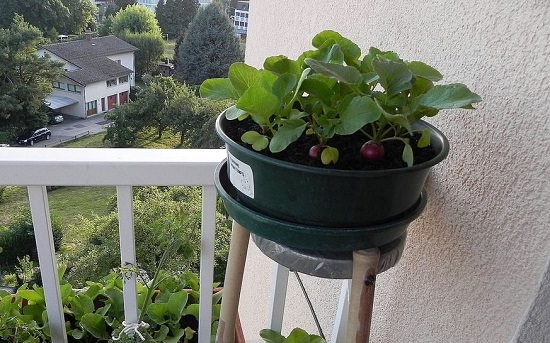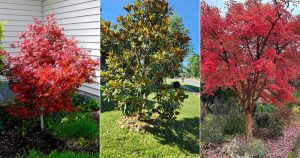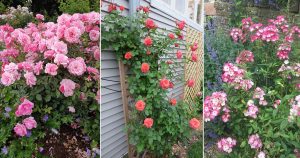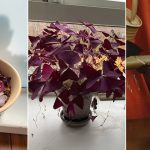Gardening is both very “here and now” and also forward focused. Yes, most flowers are fleeting and must be enjoyed in the moment. But at the same time, if you want vegetables in the fall, you have to start planting in summer. Here are five vegetables that you may not have tried growing before. And yes, you can grow in a container garden.
Bunching Onions / Scallions
Believe it or not, true bunching onions are actually perennials. If you leave a few behind when you harvest, they will divide and make new plants for you to harvest. So, what’s the difference between true bunching onions and others that are just posing as such? The real thing will never turn in to a large bulbous onion, they just keep on dividing to form a large clump of bunching onions. Sometimes regular onions are harvested when they are immature and called scallions.
To grow your own bunching onions, sow your seeds in a pot that is not completely full of soil (i.e. leave several inches between the top of the soil and the edge of the pot). As the seedlings grow, slowly and carefully mound more soil into the pot. The more of the plant that is below the soil, the more “white part” you’ll have. Check out a variety called ‘Deep Purple‘ or ‘Red Robin,’ for scallions with a unique red cast to them.
Kale
Kale is such a lovely looking plant, you might have a hard time actually harvesting. But if you’re like me, the desire to try making your own kale chips will force your hand. I’m planning planning on trying Heather’s recipe, it looks simple and tasty!
Kale likes rich, fertile soil that is kept evenly moist. An easy way to kill two birds with one stone is to add a little sea weed extract to your watering can once a week. Stop watering after the first frost. Keeping with the red vegetable theme, why not try ‘Red Bor‘ or ‘Red Russian.’
Bok Choy
I like planting bok choy in staggered rows in windowboxes. Sow the seeds over a couple of weeks so that you’ll have a few plants ready to be harvested at a time. They like moist but not soggy soil. And give them a mild, evenly balanced fertilizer every two weeks, or use fertilizer in time released pellets.
You should have plants large enough to eat in less than 60 days. Sautee bok choy in a hot pan with scallions and ginger and you’ll have a super tasty source of vitamin C and vitamin A.
Radishes
If you’re looking for something that won’t require much effort or know-how to grow, look to radishes. But that doesn’t mean you have to grow boring supermarket-varieties. As long as you can keep potting soil as moist as a wrung out sponge, you can grow beautiful, tasty radishes. Check out ‘French Breakfast,’ ‘Watermelon,’ or ‘Easter Egg Blend‘ for some neat looking and better tasting radishes.
Brussels Sprouts
You may have horrible memories of overcooked vegetable side dishes when you think of brussels sprouts, but don’t let bad cooking scare you off. Browned in garlic butter on the stove top, and then squirted with lemon juice and tossed with walnuts and dried cranberries, brussels sprouts are truly heavenly. And if that wasn’t enough to convince you, check out brussels sprouts nutritional info. They are a great source of Vitamins K, C, A, and folate.
Plant brussels sprouts in full sun, in a deep pot. A single plant can produce 50-100 sprouts, more than enough to have several dinners’ worth. Give plants a full dose of a complete fertilizer before sprouts form. Harvest the sprouts when they’re a little smaller than a golf ball. The sprouts on the bottom of the stalk will mature before the top, so harvest only the sprouts that are ready and leave the rest to continue growing.














